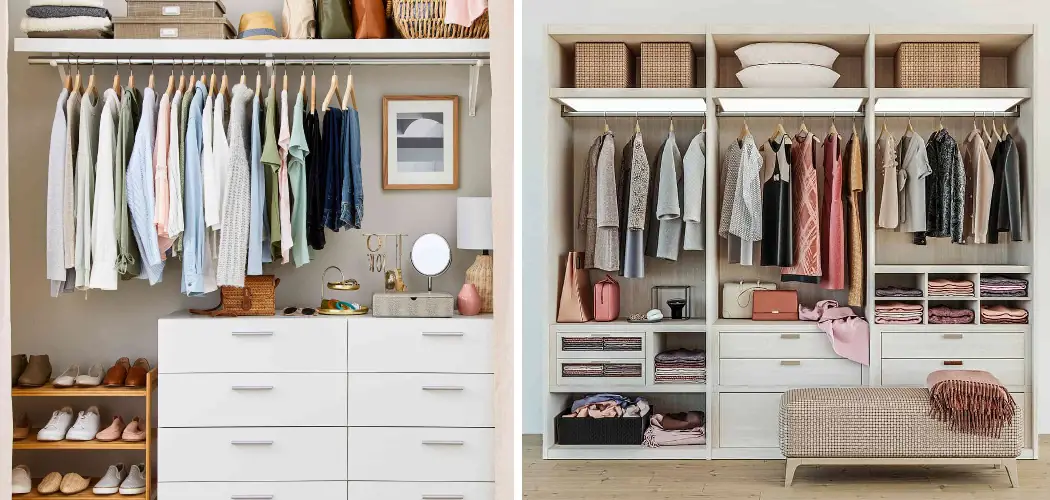A cupboard without doors can be an eyesore that takes away from the overall aesthetic of your home. Not only is it unsightly, but it also leaves open air space which allows dust and dirt to accumulate inside. Covering up a cupboard without doors can help create a more cohesive look in your kitchen or other areas of your home.
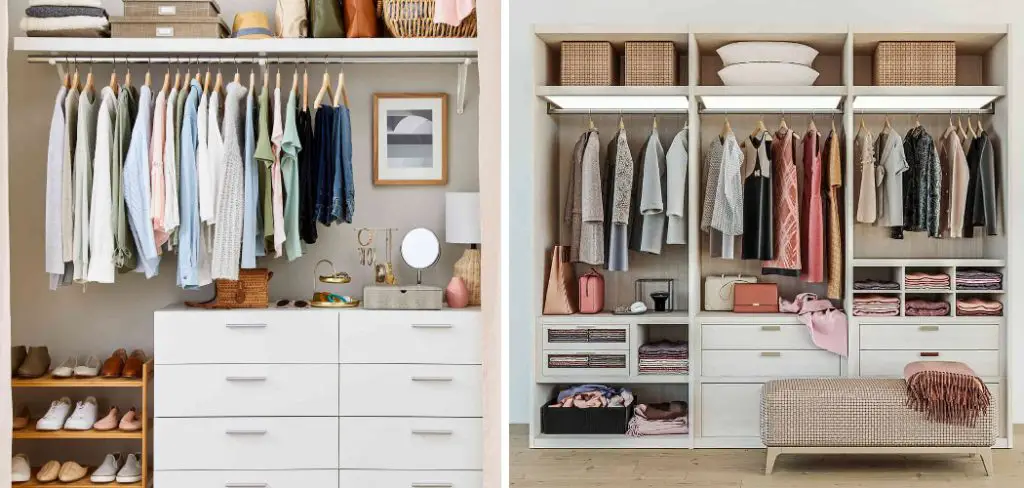
Covering cupboards without doors offers a number of advantages. Firstly, it eliminates the need to purchase and install cabinet doors, saving you time and money. Furthermore, this gives you more flexibility when organizing your kitchen items and is often more aesthetically pleasing than traditional cabinets with doors.
Additionally, having an open cupboard can help make your kitchen look larger by creating visual space. You can find step-by-step instructions on how to cover cupboard without doors in this blog article.
Step-by-step Instructions for How to Cover Cupboard Without Doors
Step 1: Inspect the Cupboard
Before you begin, take a moment to inspect the cupboard and ensure that there is no damage or debris. This will help make sure your finished product looks neat and tidy. Carefully measure the cupboard so you know what size fabric you will need to cover it. Make sure to be as precise as possible when taking measurements.
Step 2: Purchase Fabric
Once you have the measurements, head to your local fabric store and purchase enough fabric to cover the cupboard. If you’re feeling creative, you can choose a patterned fabric or something with different colors.
Step 3: Cut the Fabric
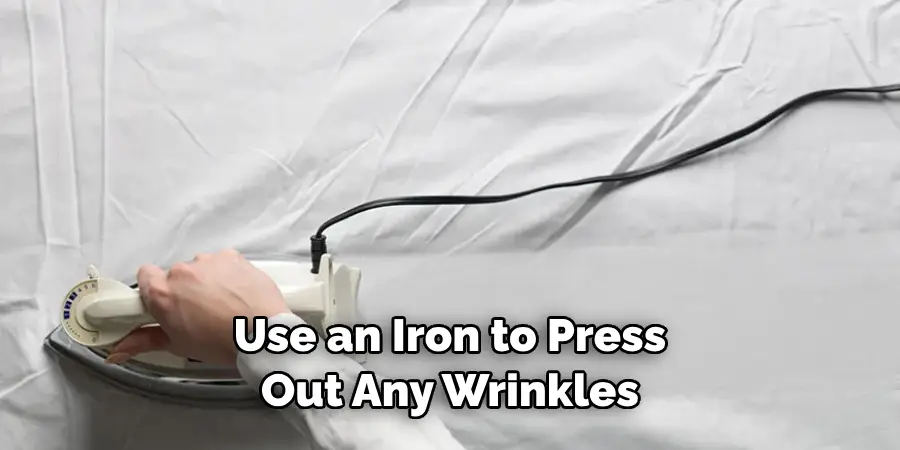
Lay out the fabric on a flat surface and cut it according to your measurements. Make sure to cut it wide enough so that it can easily fit over the cupboard. Use an iron to press out any wrinkles and ensure that the fabric is as flat as possible. This will make it easier to work with and help your finished product look professional.
Step 4: Attach the Fabric to the Cupboard
Begin by stapling one side of the fabric to the back of the cupboard. Make sure to keep the fabric as tight as possible, and use a staple gun if you have one available. Once one side of the fabric is attached, pull it around to the other side and secure it with more staples. Make sure that there are no wrinkles or bunches in the fabric.
Step 5: Trim the Fabric
Once you are satisfied with how the fabric looks, use scissors to trim away any excess. Make sure that you don’t cut too much, but just enough to create a neat edge. To make sure the fabric is secure, attach an adhesive strips along the edges of the cupboard. This will help keep everything in place and prevent it from shifting or coming loose.
After everything is secured, step back and admire your work! You should now have a beautifully covered cupboard that looks like new. You can also consider adding decorative hardware to the cupboard for an added touch of style. This could be something like knobs, handles, or even hooks — whatever suits your style.
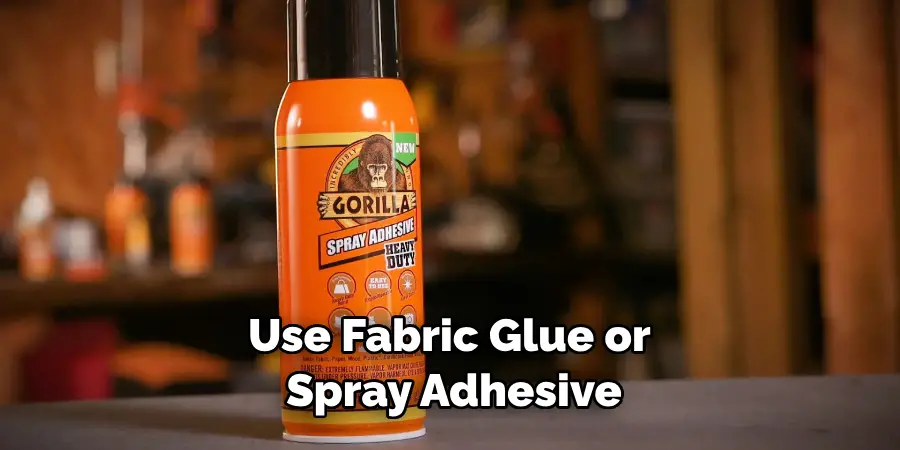
Safety Precautions for How to Cover Cupboard Without Doors
- Make sure the surface is clean and free of dust before you start.
- Measure the space accurately so you can choose the right fabric for covering.
- Use fabric glue or spray adhesive to hold the fabric in place, rather than staples or tacks.
- If using fabric glue, test a small piece of the material on the cupboard first to ensure it won’t damage the surface.
- Make sure you have enough fabric to cover the entire cupboard, plus enough for a few inches overlap on all sides.
- When cutting the fabric, use scissors with sharp blades and cut along an edge or straight line.
- When affixing the fabric to the cupboard, be careful not to stretch it too much or it may pull at the edges or come undone.
- Add a layer of batting or foam between the cupboard and fabric for extra cushioning. This will also help to reduce noise from items stored in the cupboard.
By using the right materials and taking safety precautions, you can easily cover a cupboard without doors. With just a bit of time and effort, you can transform your cupboards into something unique and stylish that will add character to any room in your home.
Do You Need to Measure the Cupboard Before Covering It?
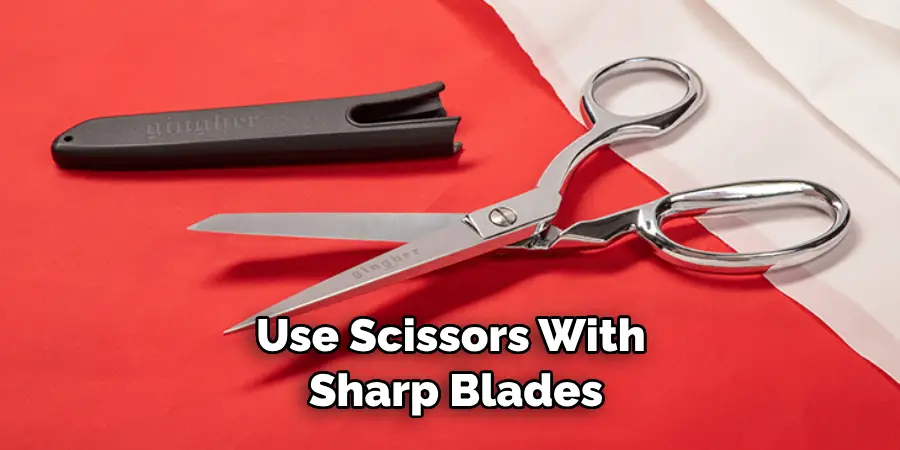
When it comes to covering cupboards without doors, the first thing you need to do is measure your cupboard. This will ensure that whatever material you choose for covering your cupboard will fit properly and look neat.
Measure the height, width, and depth of all sides of the cupboard so you know exactly what size to get when buying fabric or other materials. Additionally, it’s a good idea to measure twice just to make sure your measurements are accurate.
Once you have the measurements taken care of, you can start shopping for materials and planning out how you want to cover the cupboard. You may opt for one single fabric in a pattern or color that coordinates with other pieces in the room, or use multiple fabrics for more of a patchwork look.
If you’re feeling daring, you can even use wallpaper or vinyl for the project. No matter what material you choose, make sure it’s thick enough to withstand wear and tear from opening and closing the cupboard doors regularly.
How Long Will It Take You to Cover the Cupboard Without Doors?
Covering a cupboard without doors is not as difficult as it may seem. Depending on the size of the cupboard and the material used to cover it, you can usually complete this project in one afternoon or less. The first step is to measure the surface area of your cupboard. This will help you determine how much fabric or wallpaper you’ll need to cover the entire cupboard.
Once you have your measurements, it’s time to choose a fabric or wallpaper pattern that will best suit your cupboard. Once you’ve chosen the material, cut it out according to the measurements you took and secure it onto the surface of the cupboard with either nails or staples.
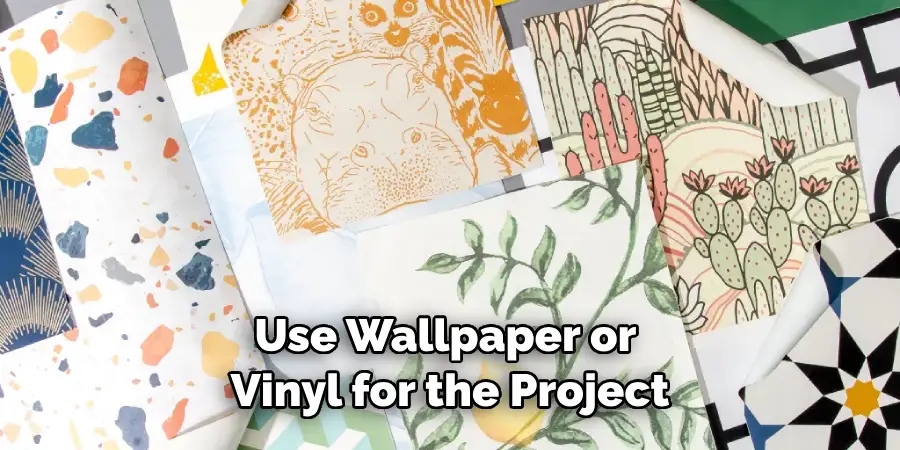
You may also want to consider applying a sealant to the material in order to protect it from dirt and spills. The last step is to add any additional features, such as trim or decorative details, that you may want to incorporate into your cupboard design.
Will You Need Help to Complete This Task?
Covering cupboards without doors sounds like a tricky task, but it can be accomplished with the right tools and materials. If you have basic DIY skills then you should have no trouble carrying out this simple job – all you need is some wood panels, screws, glue, and sandpaper. However, if you’re unsure of what to do or don’t feel comfortable undertaking this yourself, then you can always hire a professional to do it for you.
Before getting started, measure the length and width of your cupboards and buy enough materials to cover them with panels. When choosing wood, make sure it is thick enough for the job. You don’t want any bending or warping after its been installed. Next, you will need to cut the wood panels to size.
There are a variety of tools that can be used for this including saws and jigsaws. If you’re not confident with using these tools then it’s best to hire someone who has experience in woodworking.
What Are the Potential Risks Associated With Covering a Cupboard Without Doors?
When deciding to cover a cupboard without doors, it is important to consider the potential risks associated with such a project. The lack of doors can mean that any items stored inside are exposed and vulnerable to dirt, dust, and other debris.
Additionally, there is a risk that items placed in an open cupboard may be easily accessible to children or pets. It’s important to ensure that any items stored in the cupboard can be safely secured, and to regularly check for signs of damage or wear.
It may also be necessary to take additional safety measures such as adding locks or childproofing devices. Finally, it’s always a good idea to research any local regulations on open cupboards before beginning the project.
This will ensure that any changes made are in compliance with applicable rules and regulations. Taking the time to consider potential risks will go a long way towards ensuring that the project is completed successfully.
Are There Any Special Techniques or Methods That You Should Be Aware of?
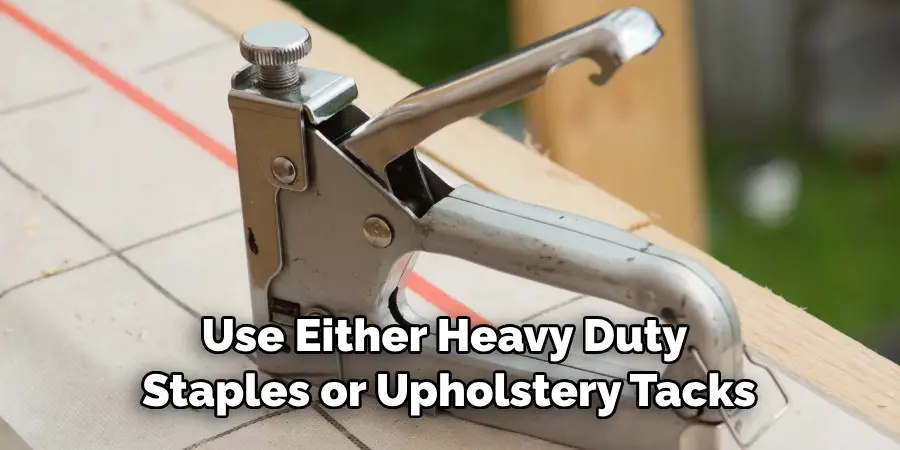
There are a few special techniques that you should be aware of when covering a cupboard without doors. First, make sure to use sturdy and thick fabric for your covering material as this will ensure that the cover will last much longer.
Second, when affixing the fabric to the sides of the cupboard, use either heavy duty staples or upholstery tacks to ensure a tight and secure fit. Finally, double check that the fabric is even all around the cupboard so you don’t have any lumps or creases in your new covering.
Once the fabric is securely attached, it’s time to get creative! You can use different colored fabrics to create an eye-catching look, or add extra detail with trims, buttons, or ribbon. Whatever look you go for, make sure to secure these designs with hot glue or a strong fabric adhesive.
Covering a cupboard without doors is an easy and fun DIY project that can really add some personality and color to any room! There are plenty of different techniques and methods that you can explore to create a unique look for your cupboard without doors.
Conclusion
One of the main disadvantages to covering a cupboard without doors is that it can be more difficult to keep the items inside the cupboard clean. Without doors, dust and dirt may accumulate faster on shelves and items stored within the cupboard. In addition, it may be harder to hide any mess or clutter that accumulates within the cupboard over time.
In conclusion, covering cupboards without doors is an easy process that requires minimal supplies and tools. With a few simple steps, you can give your old cabinets a new look in no time. Start by measuring the dimensions of your cabinet, then choose a fabric to cover it.
Next, cut the material to size and adhere it with spray adhesive. Finally, use tacks or staples to secure it in place. I hope reading this post has helped you learn how to cover cupboard without doors. Make sure the safety precautions are carried out in the order listed.

